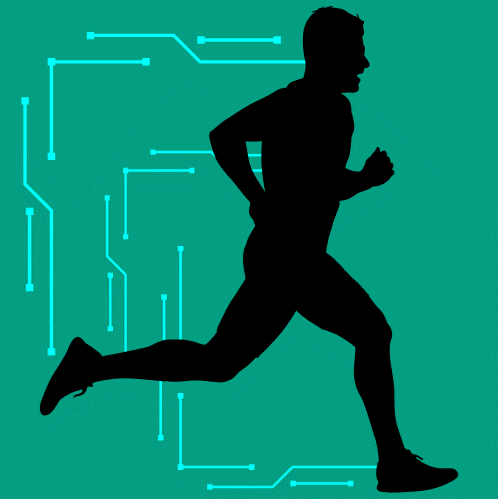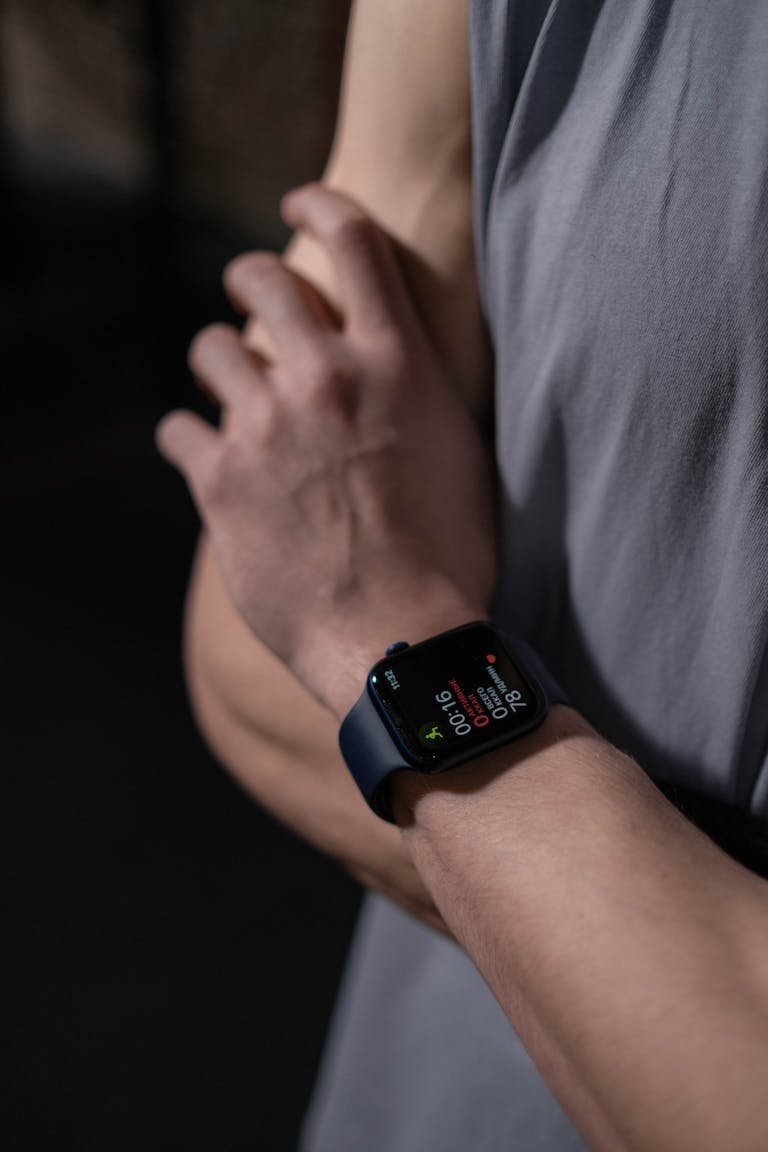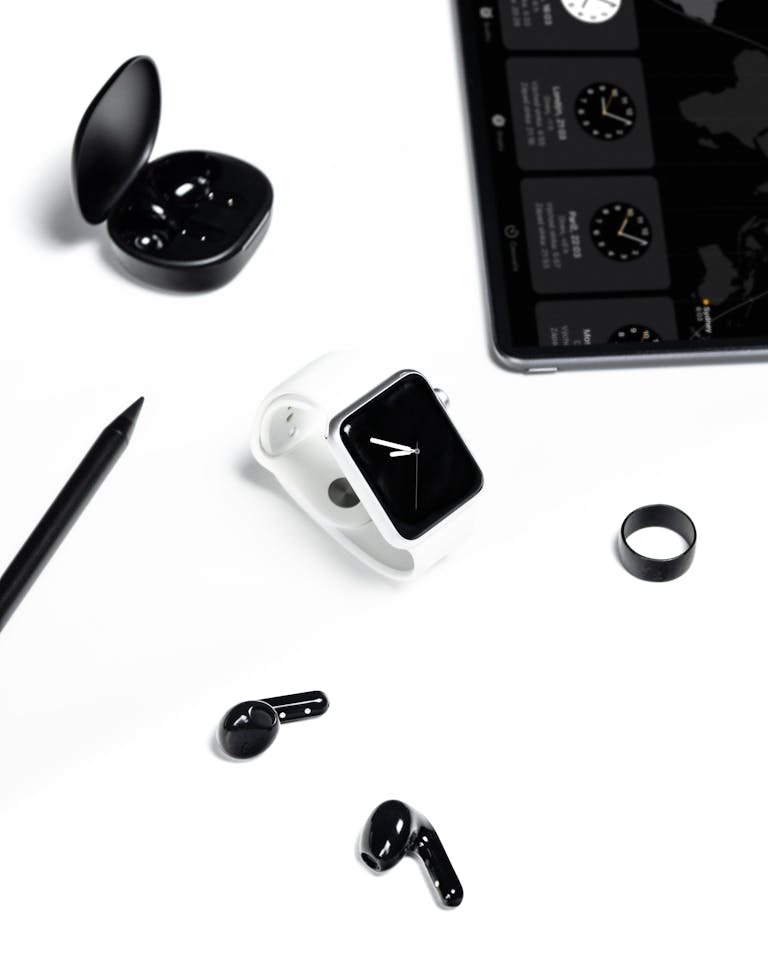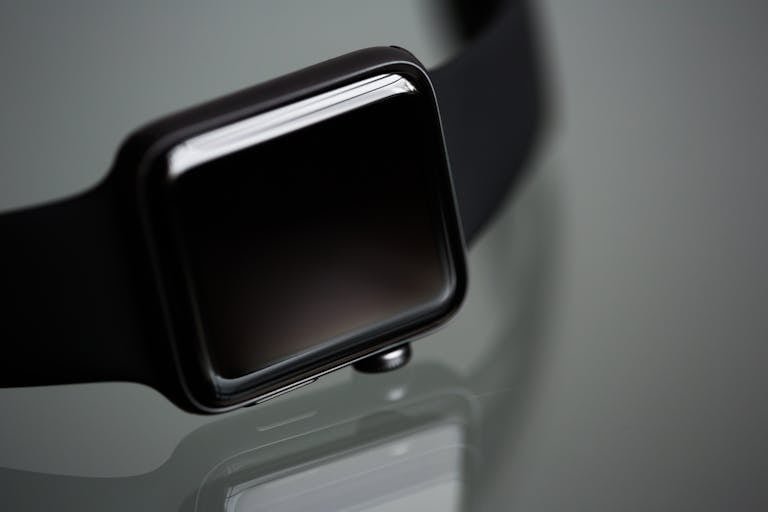The Best Wearable Health Devices for Seniors
Best Wearable Health Devices for Seniors
As we age, monitoring health becomes more than just a convenience — it becomes essential. Wearable health devices designed for seniors can provide timely insights, emergency alerts, and peace of mind for both users and their families. The right wearable can help detect falls, monitor heart activity, track medication adherence, and enable faster response in emergencies.
Editor’s Top Picks
- Best Overall: Stay Safe Alert 4G Medical Alert Smartwatch – Reliable fall detection, SOS button, and cellular connectivity.
- Best for Simplicity: SOS Smartwatch for Seniors – One-button emergency function, easy to use.
- Best for Caregiver Support: Verizon Care Smart Watch – Caregiver alerts, reminders, and GPS tracking.
- Best Health + Safety Combo: Medihill Safety Watch – Combines health tracking with fall detection.
Quick Comparison Table
| Device | Price Range | Key Features | Battery Life | Ease of Use | Best For |
|---|---|---|---|---|---|
| Stay Safe Alert 4G | $39–$49 | Fall detection, SOS, cellular | 1–2 days | Simple | Seniors living alone |
| SOS Smartwatch | $49–$59 | GPS, SOS button, heart tracking | 2 days | Very simple | Seniors needing emergency alerts |
| HandsFree Health Watch | $90–$100 | Health metrics, calling, reminders | 1–2 days | Moderate | Seniors with multiple health needs |
| Verizon Care Smart | $4.16/month | Caregiver alerts, reminders, GPS | 2 days | Moderate | Seniors with Verizon service |
| LifeFone Smartwatch Active | $40–$50 | Medical alert + fitness tracking | 1–2 days | Simple | Seniors needing dual use |
| Medical Alert Smart Watch | $99 | Fall detection, SOS | 1–2 days | Simple | Seniors with high fall risk |
| Smart Watch for Elderly (SOS) | $32 | SOS button, GPS | 1–2 days | Very simple | Budget-friendly choice |
| Medihill Safety Watch | $99 | Health tracking, fall detection | 1–2 days | Moderate | Seniors wanting health + safety combo |
How to Choose the Right Wearable Health Device for Seniors
When selecting a wearable for older adults, focus on:
- Comfort & design: Lightweight and easy to wear all day.
- Emergency response features: Fall detection and SOS buttons are essential.
- Connectivity: Cellular coverage is best for independence, but Wi-Fi and Bluetooth options are fine if always near home.
- Caregiver integration: Devices that notify family or caregivers instantly add peace of mind.
- Cost: Some watches are one-time purchases, others require monthly subscriptions.
Real-World Scenarios
Mary, age 74, wears a LifeFone Smartwatch Active every day. She uses it to set reminders for medication and loves that her daughter gets an alert if she misses a dose.
John, age 82, lives alone. When his Stay Safe Alert watch detected a fall, it automatically notified emergency services and his son within seconds — a response that could have saved his life.
Nancy, age 70, wanted something simple. She uses the SOS Smartwatch, which only requires pressing one button if she feels unwell, keeping things stress-free.
Device Reviews with Pros & Cons
Stay Safe Alert 4G
Pros: Cellular enabled, fall detection, emergency alerts
Cons: Requires a subscription for best features
SOS Smartwatch for Seniors
Pros: Very easy to use, GPS tracking, affordable
Cons: Limited advanced health tracking
HandsFree Health Smart Watch
Pros: Combines health tracking with emergency alerts
Cons: Interface may feel complex for some seniors
Verizon Care Smart Watch
Pros: Strong caregiver integration, reminders, GPS
Cons: Only works with Verizon service
LifeFone Smartwatch Active
Pros: Dual-purpose (health + alert), simple interface
Cons: Shorter battery life than fitness-focused devices
Medical Alert Smart Watch
Pros: Reliable fall detection, SOS button
Cons: Fewer wellness features beyond alerts
Smart Watch for Elderly with SOS
Pros: Budget-friendly, lightweight, basic SOS feature
Cons: Limited durability, minimal features
Medihill Safety Watch
Pros: Health + safety tracking combined, fall detection
Cons: App setup may require caregiver assistance
Caregiver Tips for Setup
- Test alerts before use: Trigger SOS and fall detection to ensure it works as expected.
- Program emergency contacts: Make sure family members receive instant notifications.
- Explain charging routines: Encourage seniors to charge at the same time daily.
- Simplify instructions: Write down step-by-step guidance for your loved one.
- Stay patient: Learning new tech takes time — walk through setup slowly.
FAQs
Q: Do these devices replace a medical alert system?
No — they complement it. Wearables provide alerts and health data but don’t replace professional monitoring.
Q: Do medical wearables work with pacemakers or implants?
Some sensors could interfere. Always consult a cardiologist before use.
Q: Do I need a subscription?
Some devices (like Verizon Care Smart) require monthly fees, while others are one-time purchases.
Q: Which device is easiest to use?
The SOS Smartwatch and Smart Watch for Elderly are the simplest, with one-button functionality.
Q: Are these covered by Medicare or insurance?
Currently, most are not, but some Medicare Advantage or supplemental plans may provide allowances.
Want Greater Independence
Wearable health devices can give seniors greater independence, confidence, and safety. For families, they offer peace of mind by ensuring timely alerts and vital health tracking.
The best device depends on your needs:
- Want full coverage? Go with Stay Safe Alert 4G or LifeFone Smartwatch Active.
- Prefer simplicity? The SOS Smartwatch is the easiest to use.
- Need caregiver integration? The Verizon Care Smart Watch is the best choice.
No matter which option you choose, consistency in wearing the device — and ensuring it’s set up correctly — is key to getting the most out of it.
Share Your Experience
Have you or your loved ones tried a wearable health device? Which one worked best for you? Share your story in the comments below — your experience could help another family make the right decision.




